Potentilla Plant Benefits That Will Blow Your Mind
Potentilla is a genus of flowering plants that includes over 300 species. It is native to temperate and cold regions of the world, and can be found in a variety of habitats, including meadows, forests, and roadsides. Potentilla plants are known for their small, daisy-like flowers, which come in a variety of colors, including white, yellow, pink, and red.
In addition to their attractive flowers, potentilla plants also have a number of medicinal and health benefits. Some of the most well-known benefits of potentilla include:
- Astringent properties: Potentilla contains tannins, which have astringent properties. This means that they can help to tighten and shrink tissues, making them useful for treating conditions such as diarrhea, dysentery, and sore throats.
- Anti-inflammatory properties: Potentilla also has anti-inflammatory properties. This means that it can help to reduce inflammation, making it useful for treating conditions such as arthritis, eczema, and psoriasis.
- Antibacterial properties: Potentilla has been shown to have antibacterial properties. This means that it can help to kill harmful bacteria, making it useful for treating infections such as urinary tract infections, stomach ulcers, and skin infections.
- Antioxidant properties: Potentilla is a good source of antioxidants, which can help to protect the body from damage caused by free radicals. Free radicals are unstable molecules that can damage cells and contribute to the development of chronic diseases such as cancer and heart disease.
- Diuretic properties: Potentilla has diuretic properties, which means that it can help to increase urination. This can be helpful for people who are trying to reduce water weight or who have kidney problems.
Potentilla is generally safe for most people to use. However, it is important to note that it can interact with certain medications, so it is important to talk to your doctor before using it.
If you are interested in trying potentilla for its health benefits, there are a few different ways to do so. You can find potentilla supplements in most health food stores. You can also make your own potentilla tea by steeping the leaves or flowers in hot water for 5-10 minutes.
Potentilla is a versatile plant with a number of potential health benefits. If you are looking for a natural way to improve your health, potentilla may be worth considering.
Potentilla plants are a diverse group of flowering plants that are native to many parts of the world. They come in a variety of sizes, shapes, and colors, and can be found in a variety of habitats. Potentillas are relatively easy to care for, and make a great addition to any garden.
If you are interested in learning more about potentilla plants, I recommend visiting Home Gardening. This website has a wealth of information about potentilla plants, including their history, cultivation, and uses. You can also find photos and illustrations of potentilla plants, as well as links to other resources.
FAQ of potentilla plant
Here are some of the most frequently asked questions about potentilla plants, along with some valuable insights and solutions:
- What are the best growing conditions for potentilla plants?
Potentilla plants are relatively easy to care for and can tolerate a wide range of soil conditions. However, they do best in moist but well-drained soil in full sun to partial shade. They are also tolerant of heat and drought, once established.
- What is the blooming time for potentilla plants?
Potentilla plants typically bloom from June until frost, depending on the cultivar. Some cultivars, such as Potentilla fruticosa 'Elizabeth', can bloom for up to 9 months of the year.
- How do I care for a potentilla plant?
Potentilla plants are relatively low-maintenance. They only need to be watered deeply and regularly during the first year of growth. Once established, they can tolerate some drought. They should be fertilized once a year in the spring with a balanced fertilizer. Potentilla plants can be pruned in the spring to maintain their shape and size.
- What are some common problems with potentilla plants?
The most common problems with potentilla plants are powdery mildew and aphids. Powdery mildew can be treated with a fungicide. Aphids can be controlled with insecticidal soap or neem oil.
- Where can I buy potentilla plants?
Potentilla plants are available at most garden centers. You can also find them online.
Image of potentilla plant
- Goldfinger Potentilla is a popular shrubby potentilla with large, bright yellow flowers.

- Shrubby Cinquefoil is another popular potentilla that can grow up to 6 feet tall. It has white or pink flowers.
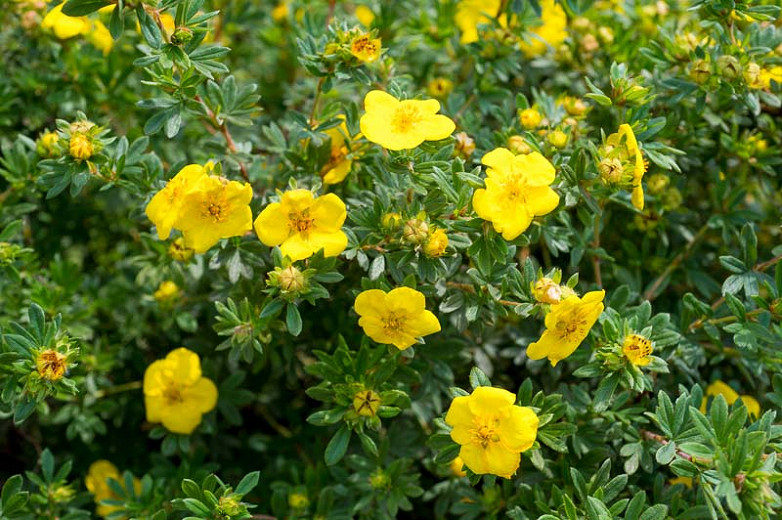
- Creeping Cinquefoil is a low-growing perennial that spreads by underground runners. It has small yellow flowers.
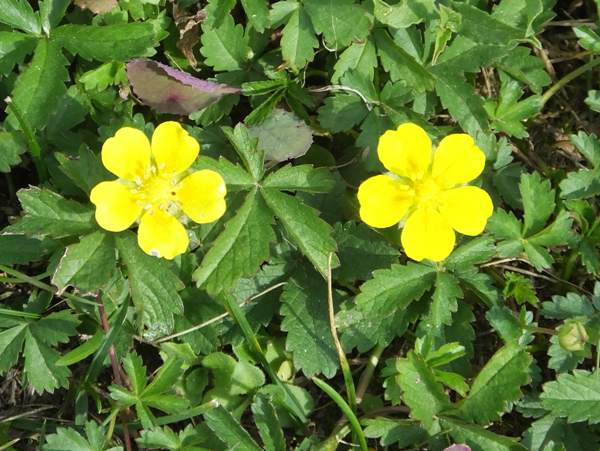
- Tormentil is a herbaceous perennial with bright yellow flowers. It has medicinal properties.
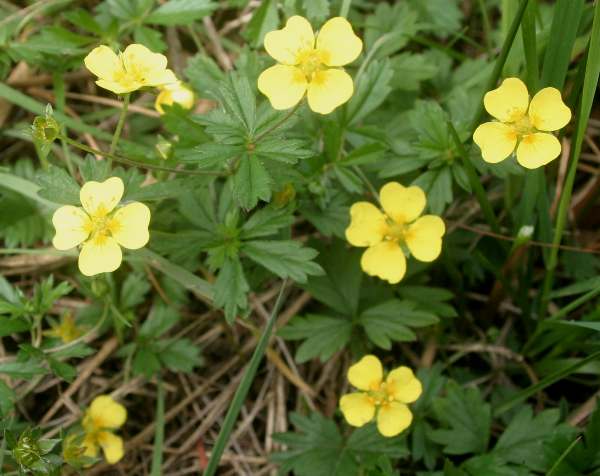
- Silverweed is a herbaceous perennial with white flowers. It is a common weed in many parts of the world.
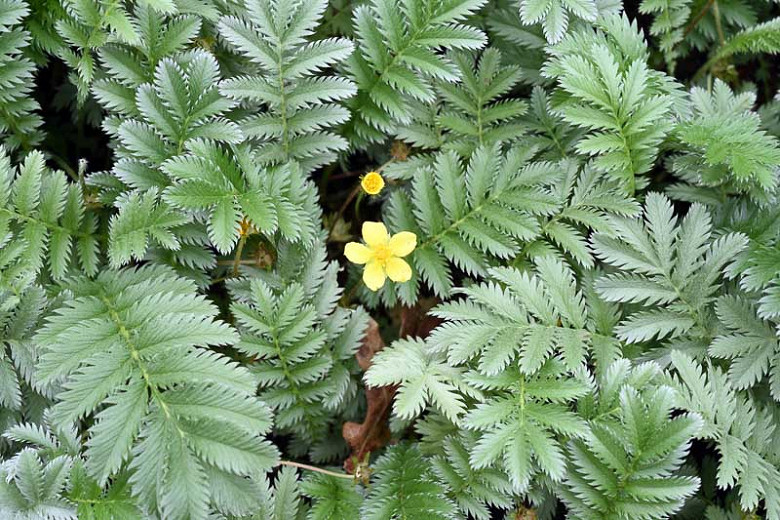
- Five-fingered Grass is a herbaceous perennial with yellow flowers. It is native to North America.
- Fem's Cinquefoil is a herbaceous perennial with pink flowers. It is native to North America.

- Slender Cinquefoil is a herbaceous perennial with white flowers. It is native to North America.

- Golden Cinquefoil is a herbaceous perennial with yellow flowers. It is native to Europe.

- Raspberry Cinquefoil is a herbaceous perennial with pink flowers. It is native to North America.
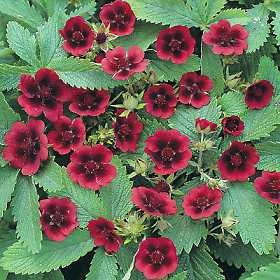

Post a Comment for " Potentilla Plant Benefits That Will Blow Your Mind"